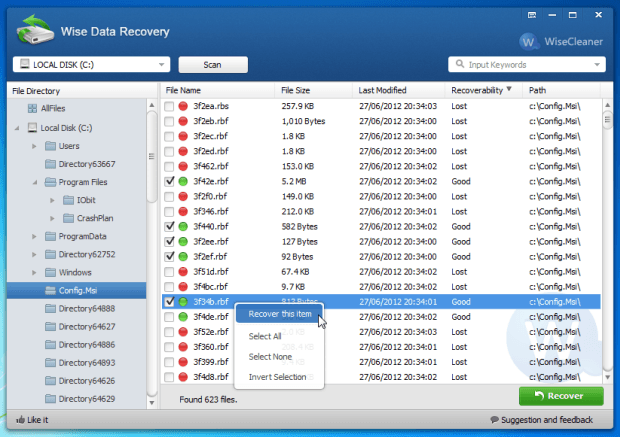
The basic syntax for the command is as follows: In Windows 11, you may need to click the All Apps link in the Start menu to find the shortcut.Ī command prompt window opens to show you the right syntax to use with the command as well as a few examples.

To recover a deleted file, open Windows File Recovery from its Start menu shortcut. Click the Get button to download the program. Open the Microsoft Store and browse to the Windows File Recovery page. If you’re using Windows 11, you’re already set up to use the tool. Otherwise, move to Settings > Update & Security and click Check for Updates to grab the latest update. If the Version number says 2004 or higher, you’re good to go.

To check, go to Settings > System > About and scroll down to the Windows specifications section. If you’re using Windows 10, make sure you’re running the May 2020 Update (Windows 10 2004) or higher.

But if you know the steps and are comfortable working at the command prompt, you can use this utility to revive a file that seems to be permanently gone. The following table may also help you decide:Īs a command-line tool, Windows File Recovery is certainly trickier to use than a traditional GUI application. If you’re not sure which mode to use, Microsoft recommends that you start with regular mode. This mode takes longer to scan your disk but stands a better chance of tracking down the deleted file. Extensive mode supports NTFS, FAT, and exFAT partitions. Extensive mode is designed to recover files that were deleted a while ago, after the drive has been reformatted, or if the disk itself has been corrupted.This mode is quick but may not find the file you want. It supports drives formatted with NTFS partitions-typically hard drives, solid state drives, external hard drives, USB drives, and flash drives with more than 4GB of space. Regular mode is designed to recover recently deleted files.The version launched during the winter of 2021 narrowed your options to two modes as a way to simplify the program: The initial version of Windows File Recovery released in the summer of 2020 offered three different recovery modes: Default, Segment, and Signature, each one geared for specific circumstances.


 0 kommentar(er)
0 kommentar(er)
